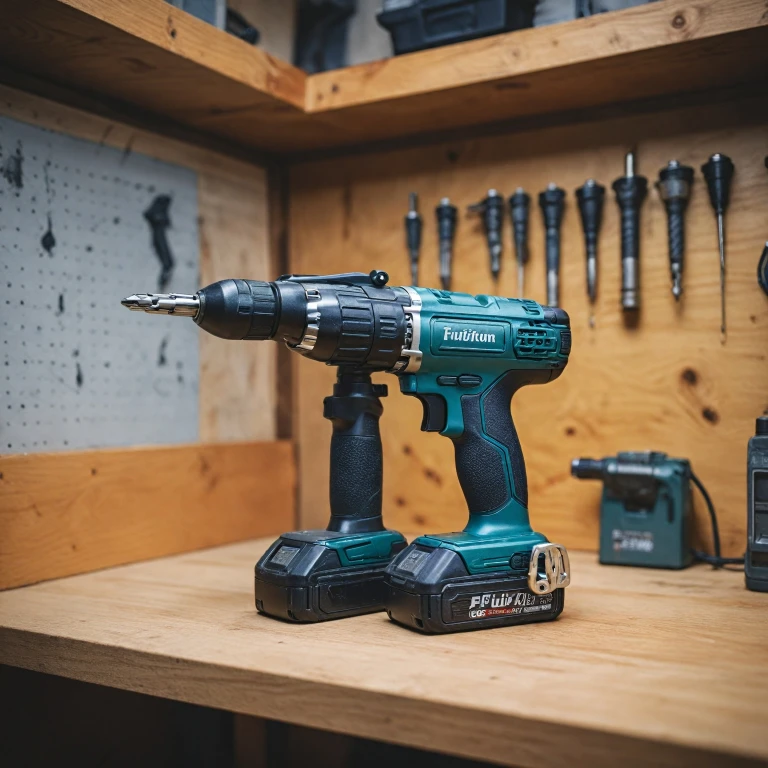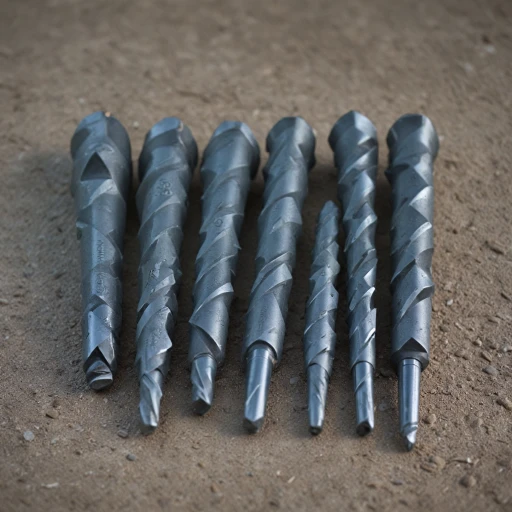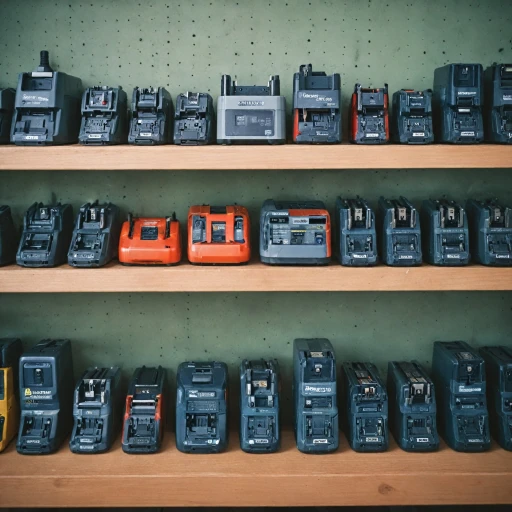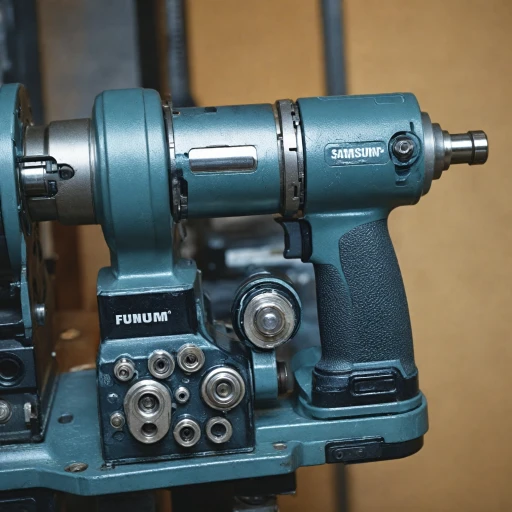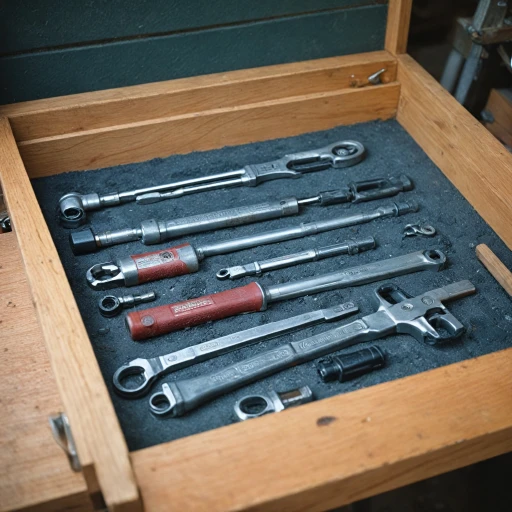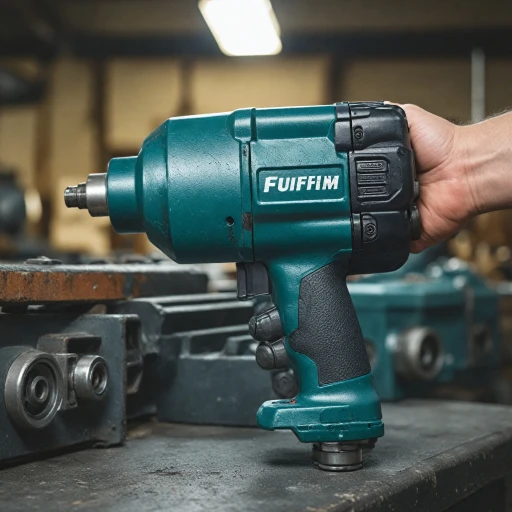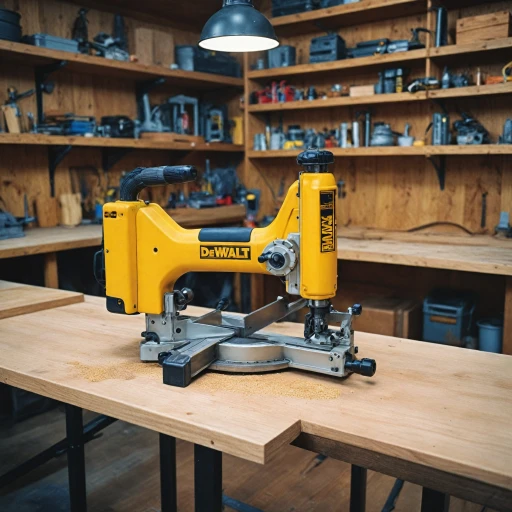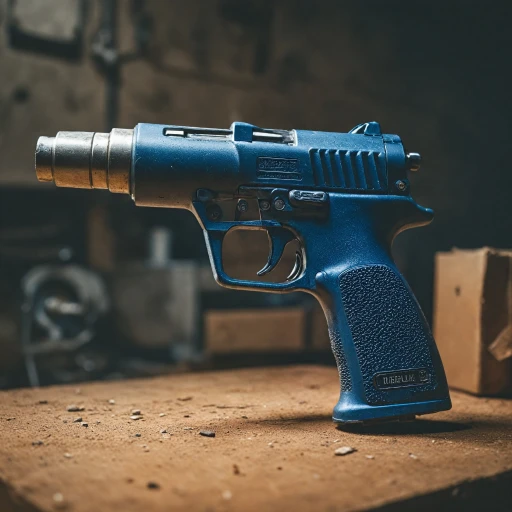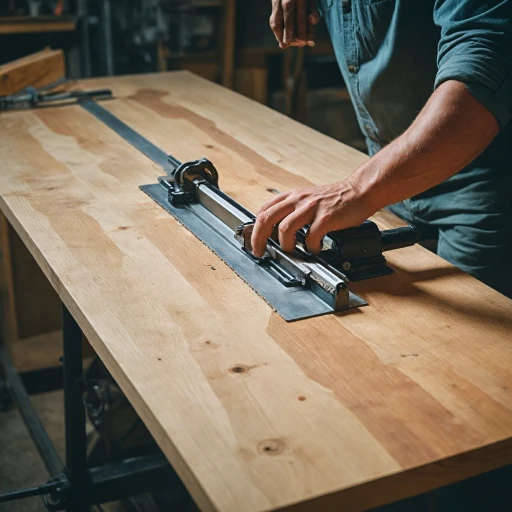The Importance of Battery Compatibility
Ensuring Battery Compatibility in Cordless Drill Sets
When selecting a cordless drill set, one might feel overwhelmed by the plethora of options available in the market. However, one critical factor that often dictates the overall functionality and efficiency of the tool is battery compatibility. This determinant not only influences the lifespan of the drill but also affects its performance and convenience. A drill set typically includes a drill, sometimes equipped with a brushless motor, and a compatible battery that might be part of a complete kit battery package. Many leading brands like DeWalt and Milwaukee emphasize the compatibility of their tools with specific battery types to ensure optimal operation. Knowing which type of battery fits your drill can save you from purchasing mismatched products and ensure that your set performs to its maximum potential.The Link Between Power Output and Battery Type
Choosing the right battery for your cordless tool directly impacts its power output. A mismatched battery might not provide the required power that your drill needs, especially if it's a high-demand device like a brushless cordless or impact driver. For example, DeWalt DCD models and other powerful volt drills typically require batteries that can supply adequate power under demanding conditions. Understanding battery compatibility allows users to maximize the potential of tech innovations in modern brushless cordless sets, such as variable power settings and efficient energy use. It also ensures that the battery life aligns with the task requirements, avoiding unwelcome interruptions during heavy-duty tasks.Types of Batteries: NiCad vs. Lithium-Ion
The Evolution of Battery Technology
The battery lies at the heart of any cordless drill set, yet not all batteries are created equal. Two predominant types dominate the market: Nickel-Cadmium (NiCad) and Lithium-Ion. Understanding these options is crucial for anyone looking to invest in a quality drill set. For many years, NiCad batteries were the standard. They have their pros, such as being less sensitive to temperature extremes and offering reliable power. However, they have significant downsides, like memory effect which can reduce their lifespan if not properly maintained. Moreover, NiCad batteries are heavier, affecting the overall balance and comfort of the drill during prolonged use. In contrast, Lithium-Ion batteries have quickly become the preferred choice for manufacturers like Dewalt and Milwaukee. They bring several advantages to the table:- Lightweight Design: Thanks to their compact and lightweight nature, Lithium-Ion batteries contribute to a lighter cordless drill, enhancing maneuverability and reducing fatigue.
- Higher Energy Density: Li-Ion batteries generally offer a higher volt delivery, allowing your tool to handle larger tasks efficiently.
- No Memory Effect: Unlike their NiCad counterparts, Li-Ion batteries don't suffer from memory effect, ensuring a longer lifespan and consistent power output.
Battery Life and Performance
Maximizing the Power and Longevity of Your Battery
Understanding how battery life and performance work in cordless drill sets can heavily influence how effective your tool can be in the long run. Whether you're considering a kit that features the popular Dewalt DCD or Milwaukee options, key aspects like the type of battery and its capacity play a crucial role. Battery performance in cordless drills is often measured in amp hours (Ah), which indicates how long a battery can deliver power before it needs recharging. Lithium ion batteries have largely overtaken NiCad batteries in terms of performance. Lithium ion technology provides a more consistent power delivery, even as the charge depletes. This makes them a preferred choice for heavy-duty tasks, allowing for extended use before needing a recharge. When comparing the durability and power of different volt drills, pay attention to whether your choice is brushless or not. A brushless cordless drill often enhances the tool's efficiency and reduces strain on the battery, extending its life further. Moreover, maintaining the battery correctly ensures optimum functionality of any cordless combi or hammer drill. Proper storage conditions and correct charging practices using the appropriate battery charger can prevent issues like overcharging and overheating, which may damage the battery cells and shorten your product's lifespan. For a comprehensive look at the role batteries play across varying cordless power tools, delve deeper into exploring the versatility of battery drills. This resource provides additional specification comparisons between popular brands, helping you understand which cordless kit might best suit your requirements.Charging and Maintenance Tips
Maximizing the Efficiency of Charging and Maintenance
Proper charging and maintenance of your cordless drill set are essential to ensure optimal performance and longevity. The heart of any cordless tool, including your dewalt dcd or milwaukee kits, is its battery. Let's delve into some effective strategies.- Use the Right Charger: Always use the battery charger that comes with your set or one recommended by the manufacturer. Each battery type has specific charging requirements, and using an incompatible charger can lead to reduced battery life or even damage.
- Optimal Charging Practices: It's essential to avoid overcharging. Some dewalt max or ion batteries feature built-in technology to prevent this, but it's still best practice to unplug them once fully charged. This promotes sustainability of the battery's capacity over time.
- Regular Maintenance of Tools: Keep your cordless kit, including items like the brushless cordless drill or impact driver, clean. Dust and debris can affect both battery and tool efficiency. Regularly inspect the tool for any signs of wear and replace components like the keyless chuck if necessary.
- Temperature Considerations: Extreme temperatures can affect battery efficiency. Store your batteries at room temperature and avoid leaving them in hot or cold environments. This is crucial for maintaining the longevity of both NiCad and lithium ion models.
- Battery Recycling: Once a battery reaches the end of its lifespan, ensure it's disposed of responsibly. Many retailers accept used batteries for recycling, contributing to environmental conservation.
Innovations in Drill and Battery Technology
Revolutionizing Drill Technology: The Latest Advances
In recent years, innovation has significantly transformed the landscape of cordless drill sets. The integration of brushless motors into these tools has notably heightened efficiency, enhancing both the performance and lifespan of products such as the DEWALT DCD series and Milwaukee's top contenders. Brushless technology eliminates the traditional brushes found in older motors, reducing friction and thus, the heat generated during operation. This reduces wear and tear, contributing to a longer life span for the tool, and greater power delivery. Users notice a marked improvement in run-time and torque delivery, making brushless cordless tools a popular choice for both professionals and hobbyists. Another significant advancement is in battery technology. Lithium-ion batteries have become the standard, offering more power and longer life at a lighter weight compared to their NiCad predecessors. Moreover, the introduction of higher volt options, such as 18V or 20V max systems, ensures cordless drills deliver optimal power for challenging tasks. Brands like DEWALT and Milwaukee continue to push the envelope with battery technology, ensuring their products remain favoured in the market. Furthermore, the development of smart battery management systems has brought about enhanced safety and efficiency. These systems monitor battery health, regulate charging, and protect against over-discharge, thereby maximizing battery longevity. Cordless kits today often come with options like fast chargers and interchangeable batteries, allowing users to keep their drill sets operational with minimal downtime. As technology advances, the industry continues to offer more versatile and powerful tools, cementing the cordless drill as an indispensable tool in any tool kit.Choosing the Right Drill and Battery Set for Your Needs
Evaluating Your Specific Needs for the Right Fit
When choosing a cordless drill set, understanding your particular requirements can save both time and money. It's not only about the voltage or torque but finding a drill that aligns with your tasks, preferences, and work environment.
- Purpose and Usage: Determine whether the main use will be for heavy-duty projects requiring a hammer drill or lighter tasks that need a combi drill. Consider a brushless cordless drill for minimal wear and increased longevity.
- Power and Performance: If you anticipate long projects, a lithium-ion battery may offer longevity and consistent power. Options like the Dewalt DCD and Milwaukee sets come highly rated for their high-voltage performance.
- Other Tools Needed: Analyze if a full kit, like an impact driver or Dewalt Max driver kit, is necessary. A complete set often offers better value than buying separate tools and batteries.
- Budget Constraints: While premium models like the brushless cordless series might be tempting due to their advanced features, you can compare Dewalt products with other brands to find effective solutions within budget.
- Ease of Use: Features such as a keyless chuck can enhance convenience, especially in demanding environments where quick bit changes are frequent.
- Charging and Maintenance: Some cordless drill kits come with a battery charger that may offer faster charging times, contributing to overall efficiency during projects.
Assessing these parameters can significantly narrow down your choices, ensuring you select a product that enhances your toolkit and addresses all project demands. Remember, the right cordless drill set can transform your working experience, making it essential to align with personal and professional requirements effectively.
